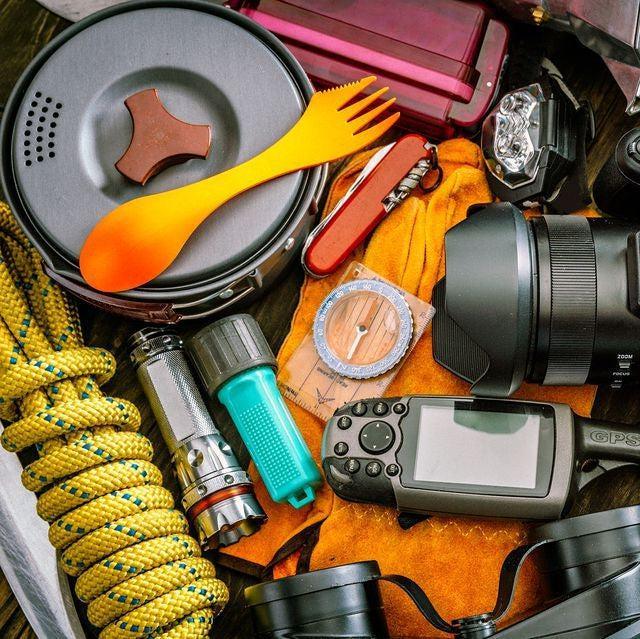
How To Store Bacon Long Term
Share
I think refrigeration and sell-by dates have messed with the modern mind in terms of what can and cannot be eaten. We also have a distorted view of how food can be stored.
Less than a few hundred years ago, ships were crossing oceans, pioneers were trekking across vast distances and people were living in homes without any refrigeration or the FDA.
Descendants Of Refrigerator-Less People
The lesson we need to learn is that food preservation and storage have been around for thousands of years. Electricity and fridges did not make food storage possible, only more convenient.
The FDA would probably have a fit if they saw your great-grandmother’s kitchen and pantry. Yet, here we are, alive and kicking, descendants of refrigerator-less people.
Shelf Stable Bacon
Shelf-stable means foods that can be stored at room temperature for prolonged periods. Shelf-stable bacon sounds like something that most modern people would think impossible. I mean, it is well known that meat outside a fridge spoils. Right?
Not so fast. You can cure and smoke bacon to be hung in an unrefrigerated area for a very long time. How long? Well, until it turns to dust.
It will lose nutrition and become hard as wood, but you can still cook and eat it. And even if it tastes awful, it won’t kill you. Shelf-stable bacon can be made by dry-curing your pork belly, smoking it if you want to, and then hanging it somewhere dogs, rodents, and insects can’t get to it.
Slabs Of Belly For Bacon
I will rarely work with meat that I bought from a butcher, simply because it may have become contaminated. Irrespective, you will need a couple of slabs of pork belly.

I prefer something that fits into my curing pans, which can accommodate a slab of no bigger than 12 inches by 12 inches. Work according to the size of your containers or fridge.
Applying The Cure
The curing ingredients are simple. Salt, brown sugar, and some spices for flavor. Salt and sugar are essential. The flavoring depends on you.
Mix the salt and sugar in equal portions. I mix a cup of each at a time. Rub the cure onto the entire surface of the pork belly. Everywhere. Bottom, sides, top, little fold, everywhere.

I don’t use pink salt or nitrates of any shape or form. However, don’t confuse Pink salt with Himalayan Pink Salt. You are welcome to use it if you want.
Removing Moisture
Then place in an airtight container and put in the fridge or the pantry. The cooler the environment the better. You can place it on an oven roasting grid so it doesn’t sit in the moisture that leeches out.

Then, every day for about one to two weeks, you repeat the following procedure:
- Remove from the fridge.
- Drain out the fluids that leached into the bottom of the container.
- Re-apply the curing mixture where you see areas where there is no curing mixture left.
- A week should do, but you can go longer if you want. The longer you go, the more salty the pork belly will be.
Hanging Out To Dry
Once your pork belly has lost enough moisture and absorbed enough curing mix, it’s time to remove from the fridge and hang it out to dry. Many people say that you should rinse off all the cure from the belly and dry it with a towel before hanging. You can do that.

I just brush off the excess cure with a stiff brush and hang it immediately. There is a place toward the back of my kitchen, well ventilated, dry, and a fly-free zone. I just hang them there.
A friend of mine installed a UV light in his pantry to kill bacteria etc. The thing is, my grandmother didn’t have a UV light, and she was fine. It’s really up to you.
Smoking The Bacon
You have the option of cold smoking the pork belly at this stage. This adds flavor and deposits an extra layer of acidity onto the meat that will serve as additional protection against bacteria.
But to be honest, by now there are almost no bacteria that will grow on the outside of the pork belly and spoil the meat.

Modern food storage guidelines and sell-by dates have convinced us that food needs to be stored very precisely or it will become deadly, which is true, but not that hard to do.
It’s a fact is that food stored incorrectly is dangerous, but you don’t need to be a modern food scientist with a bag of chemical tricks and a building full of freezers to achieve what your great grandmother did in her kitchen daily.


